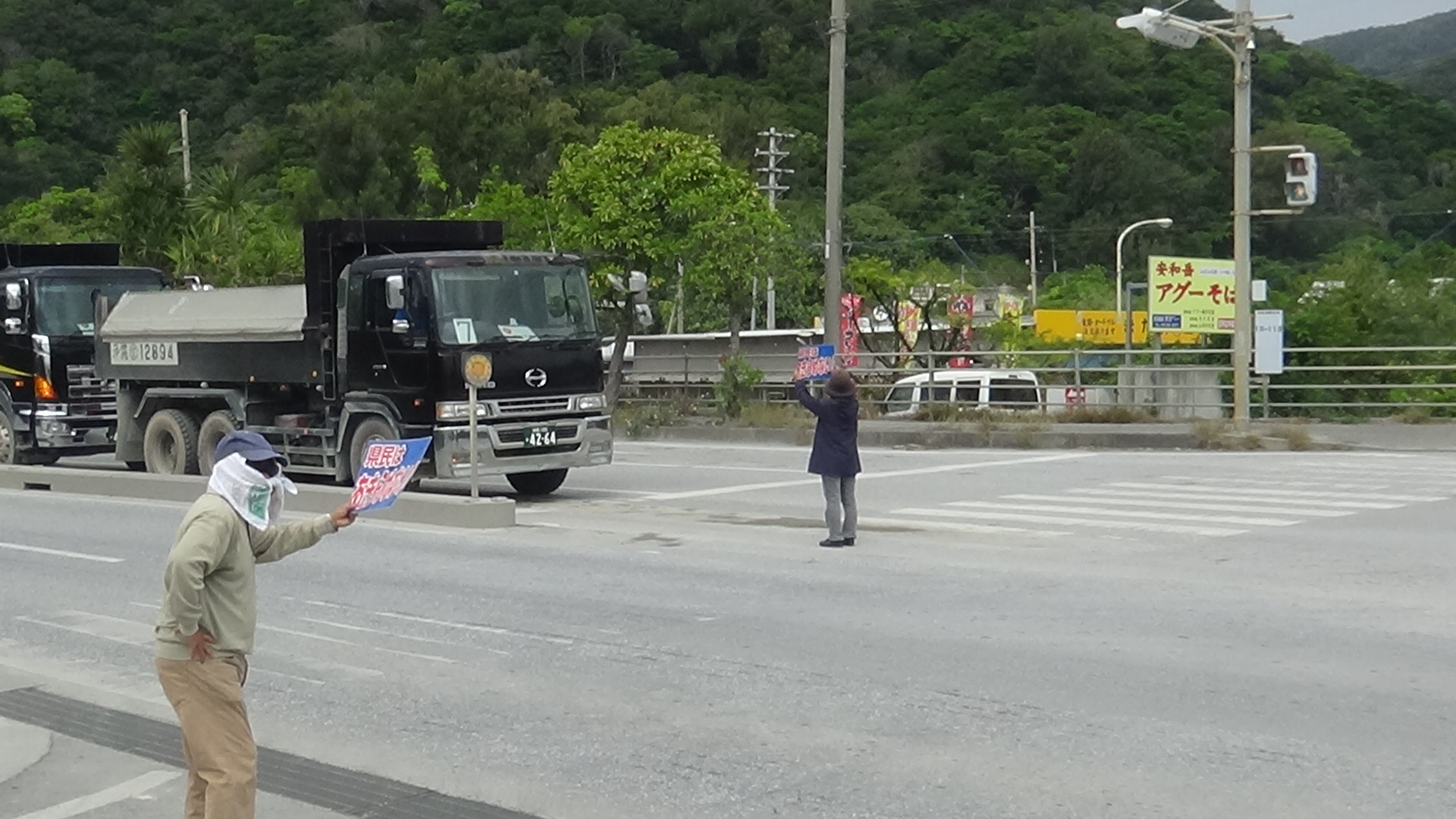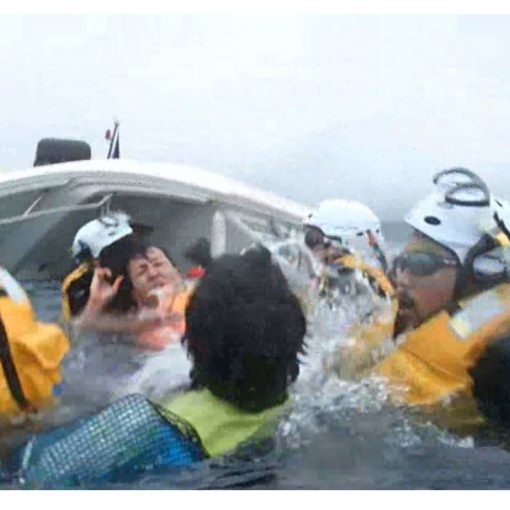”Economy in Okinawa depends on the revenue from the U.S. military bases and therefore, Okinawans will be in trouble if the U.S. military leaves.” This false rumor is still circulated as if it were true. However, it is a thing of the past. Various data show that the plots of land returned from the U.S. military occupation gave a phenomenal impact on economic development of Okinawa.
In regards to the economy of 3 districts in Okinawa: Naha-Shintoshin, Oroku-Kinjou, and Kuwae-Kitamae, it is much better after the occupied areas were returned to Okinawa: 28 times better in terms of direct economic effect and 72 times better in terms of the number of employees. After the planned return of 5 more military facilities to Okinawa, it is expected that economic expansion will be 18 times more in terms of direct economic effect as well as the number of employees.
A strong appeal made by the late Governor Takeshi Onaga, ”the U.S. military bases are the largest barrier to economic development in Okinawa” is proved to be the fact by the following figures.

Data on Okinawa Prefecture in 2015
(In front of the Camp Schwab Gate)
An event planned for “Day of Sanshin” was cancelled due to the fear of spread of infection of a new type of pneumonia. It is indeed regrettable because this event has been sending “Okinawan Spirit” along with the sound of sanshin to all over Japan and abroad every year from the gate of the U.S. military base that is the farthest place from peace.
On a warm day like the beginning of summer, about 50 citizens staged a sit-in to express their will of protest. When dozens of people began a traditional Okinawan dance in front of the gate after the second forcible removal, the security guard and riot police officers receded into the base to make a room for dancing. It was a nice surprise. This day seemed to be special for the riot police officers who are also Uchinanchu (those who are born in Okinawa). This was a moment when we related to each other in a way.
The material was delivered three times by 111 vehicles in total, of which only a small number of trucks was concrete mixer trucks. The reinforcement work for the completed seawall seemed to be coming to an end.



(Ryukyu Cement Pier at Awa)
The citizens continued to protest in three groups; at the entrance and the exit of the pier, and on the sea (by canoe members). 822 dump trucks transported earth/sand from the quarry to the pier, and 564 truckloads of earth/sand were loaded to three carrier ships.
On the sea, the members of “Kobe Blue” who are in solidarity with “Henoko Blue” joined the protest, and 16 canoes delayed the departure of two carriers by almost one hour. We heard that new canoe teams will be also organized in Yamanashi and other prefectures in solidarity with Henoko.



(Shiokawa Pier at Motobu Port)
Six protestors started standing in front of the dump trucks at 7:10 in the morning to stop the earth/sand transportation to the pier. They stopped loading of earth/sand until after 8 o’clock when the riot police came. After that, they slowed down the dump truck traffic by roaming around in the pier grounds all day long. Earth/sand carried by 378 trucks were loaded to two carriers.


number of dump trucks to date and percentage against the total
The weight and the volume of earth/soil were estimated per experts’ advice
Number of dump trucks which made delivery from December 2018 to the end of December 2019 114,601(1.68%)
| 29(Sat) | Mar,2(Mon) | 3(Tue) | 4(Wed) | 5(Thr) | 6(Fri) | |
| Awa | 0 | 963 | 647 | 564 | ||
| Shiokawa | 0 | 311 | 348 | 378 |
| Number of dump trucks ※ |
Weightt of earth/sand
※① |
Converted to volume
※② |
Volume per Total
※③ |
| 150,933 | 905,598t | 452,799㎥ | 2.196% |





